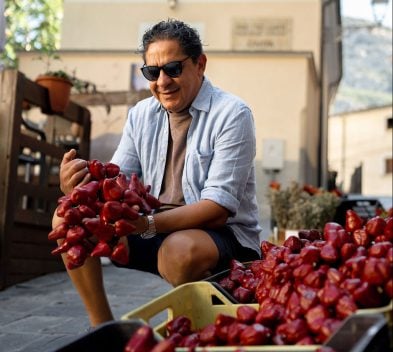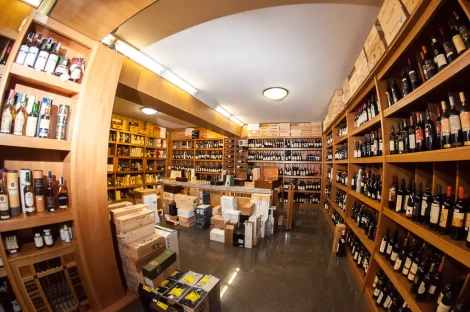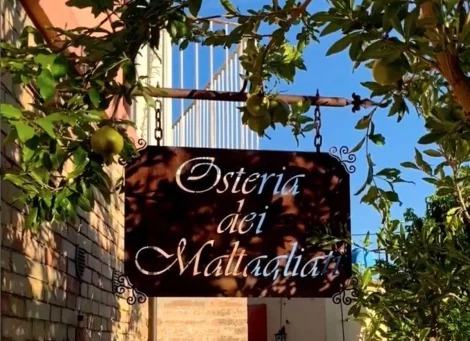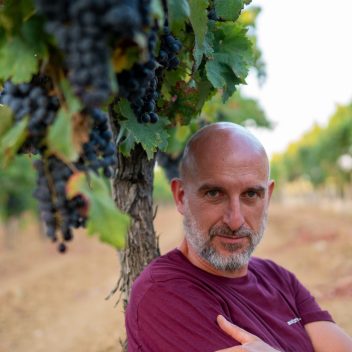by Raffaele Mosca
Everyone claims it as native, yet its real fortune lies in being essentially stateless and capable of adapting well to any sunny area. It possesses an almost unrivalled ability to withstand salt air, drought and heat, which is why it is traditionally associated with regions where the sea is a constant presence: for example Liguria, where Pigato is a relative of the same variety, and Gallura and Romangia in Sardinia, where some of the oldest vines can be found. From time to time it even appears inland: in Piedmont, for instance, it is known as Favorita.
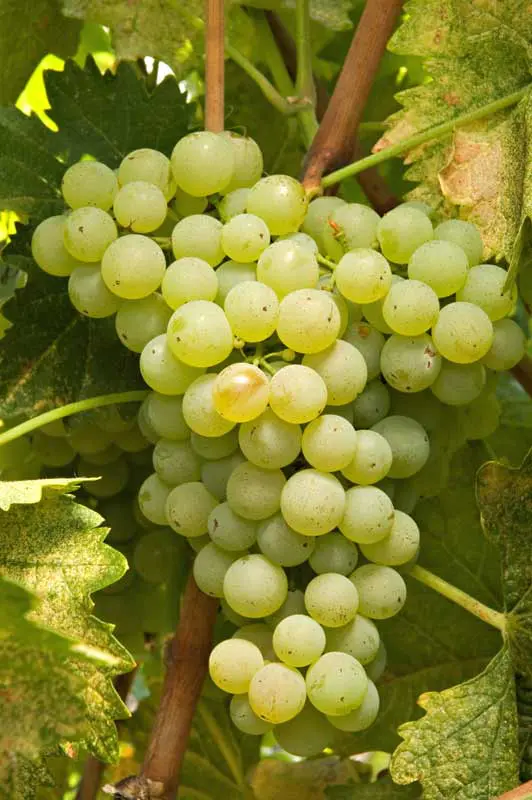
Vermentino: simple and unpretentious
Its profile varies radically from one area to another: it ranges from floral to exotic, from herbal to peppery, from “simple & carefree” to powerful concentrations that allow some versions – especially those from Sardinia – to stand up even to robust dishes. Yet it always retains a saline freshness rather than a sharp acidity: this, combined with generous fruit, makes the wine appetising, smooth, and perfect for the warmer season. Provided, however, that it is handled well: its semi-aromatic nature and its presence in hot areas mean that poor harvesting or the use of unsuitable yeasts can result in flabby, unbalanced, or simply dull wines.
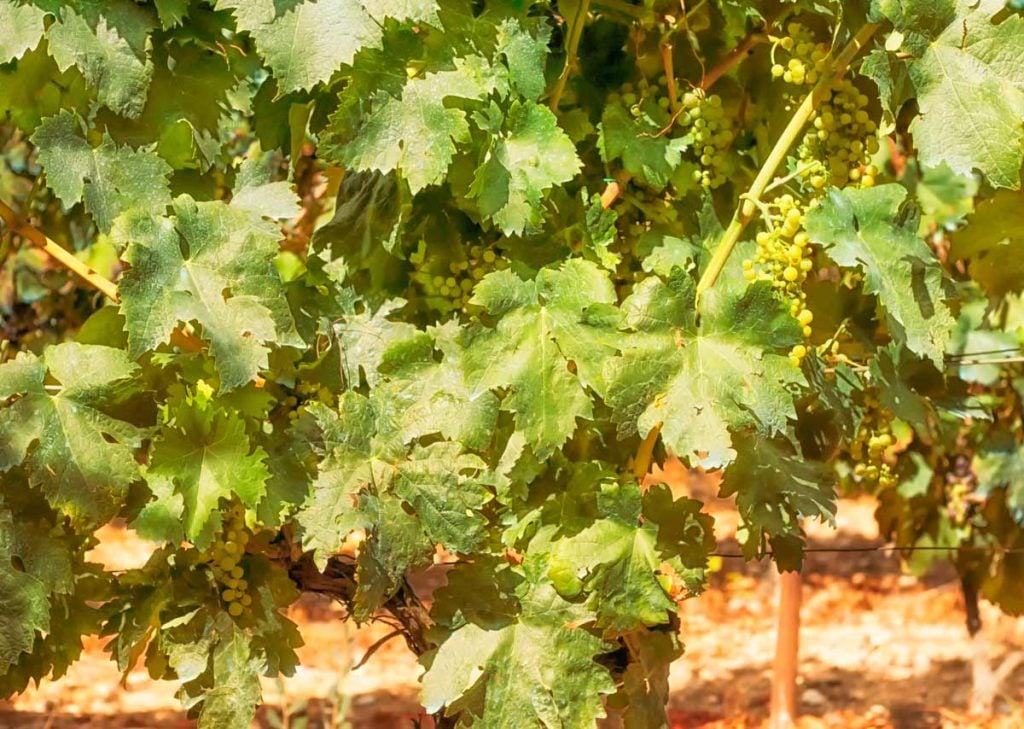
Vermentino conquers Tuscany
In short, Vermentino is gaining ground in many parts of Italy: in Tuscany, it has begun to erode the dominance of red grapes in parcels closer to the coast, where clay is scarce and sandy soils make tannin ripening more difficult, especially in years when rainfall is limited. And whereas until a few vintages ago it was more or less impossible to identify a “Tuscan style”, today one begins to notice greater consistency, particularly among the simpler wines, which combine a Mediterranean imprint with riper fruit than in Liguria, but without the residual sweetness of some Sardinian versions.
“Everything depends on finding the right balance between the Corsican clones, which have taken root very well here and give more aromaticity, and the Italian ones that provide greater freshness,” explains Stefano Billi, owner of Fornacelle in Bolgheri. His is one of the most reliable products in the affordable price range, but there are also those who go further.
From Belguardo by Mazzei to Cobalto by Val delle Rose, premium versions among the region’s iconic producers – particularly in Maremma, where it seems to have found an ideal home – are on the rise. And there are also outsiders achieving great results: a perfect example is Unnè by Poggio Levante, the result of a project centred on vineyards at 400 metres above the sea in the Montecucco area, closer to Montalcino than to the coast. A few Rhine-style bottles with screw caps that, after a few years of rest, explode in a balsamic and hydrocarbon triumph, evoking the interplay between the Libeccio wind and the mountain currents from Mount Amiata.
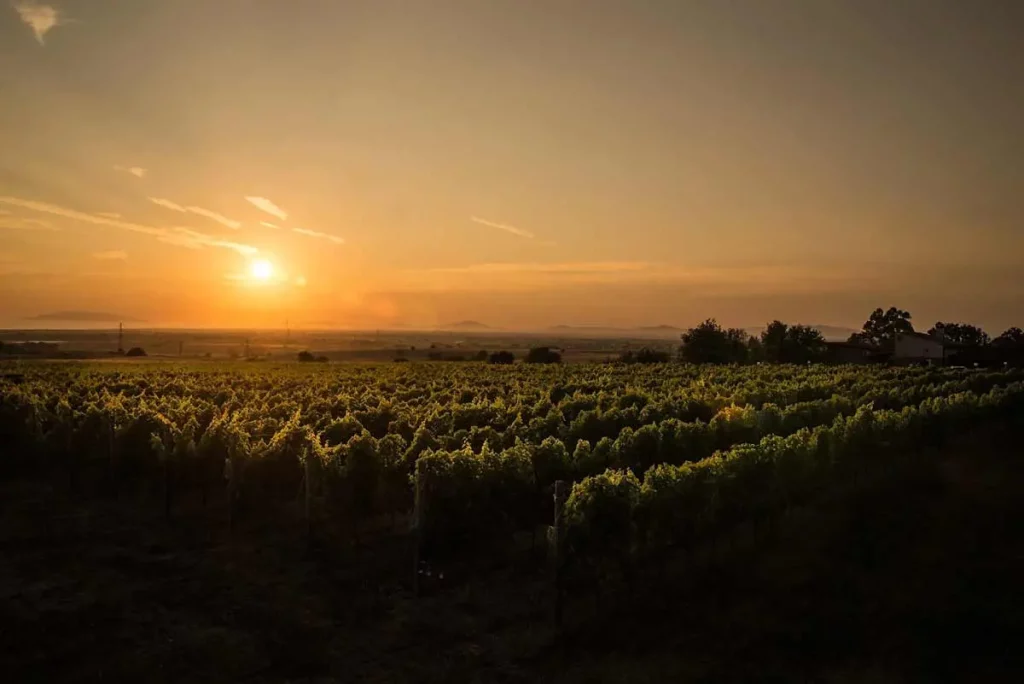
From the sea of Tarquinia to Sicily
But Vermentino’s advance extends beyond Tuscany: in Tarquinia, on the northern Lazio coast, Marco Muscari Tomajoli produces a very focused version that sells out just a few months after release. Not far from the beaches of Fregene, the sandy-loam soils around the Castello di Torre in Pietra give life to Arenaro, another expression that impressed us in the tastings for the Gambero Rosso Vini d’Italia 2026 guide.
Further south, in Sicily, several hectares have been planted: it is already part of the range of Settesoli, the region’s largest cooperative, and also of Valle dell’Acate, a historic company from the Ragusa area. “I started planting it when I uprooted Chardonnay: it produces contemporary wines that express the Mediterranean territory beautifully,” explains owner Gaetana Jacono.
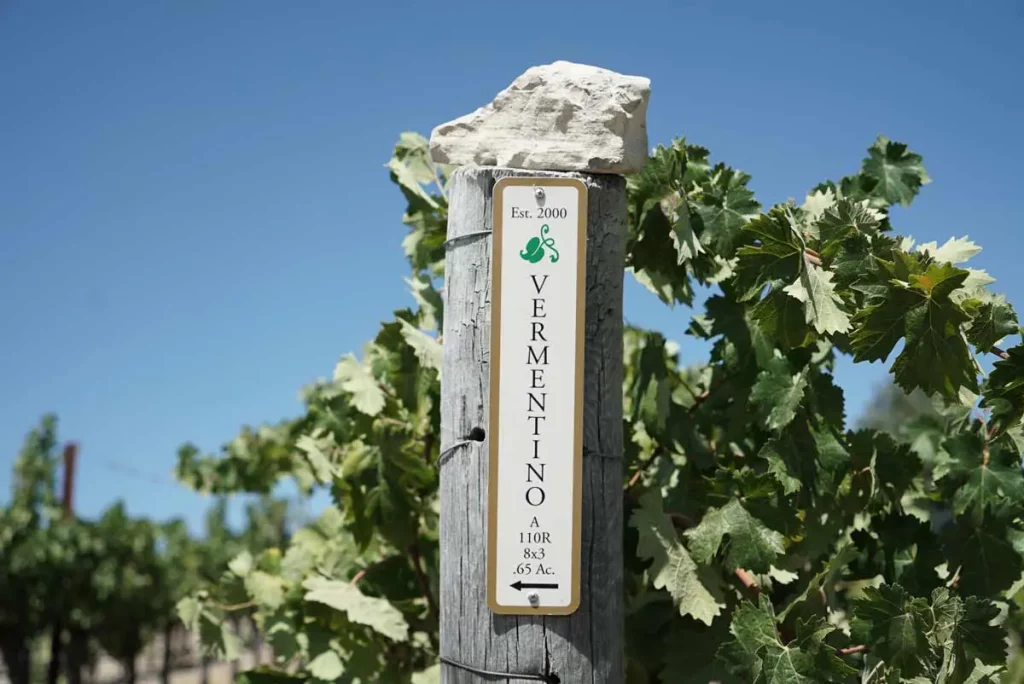
The aromas that fascinate Australia
And outside Italy? Well, Corsica leads the way with its Vermentinu, which is genetically somewhat different from both the Sardinian and the peninsular clones. Along the French Mediterranean coast, on the other hand, its presence under the name Rolle – the Italian name is prohibited by EU regulations – is significant, although most of it ends up blended with other varieties.
Then there are those New World wine regions that share a similar coastal climate with Italy: for example, the well-ventilated areas of Australia, where Vermentino has also taken root. The total area under vine does not exceed 125 hectares across the entire country, according to the limited available data, but the local press associates its success in certain niches with “mojito and margarita vibes”, as if to suggest a minty, botanical aromatic profile that appeals to younger drinkers through its echoes of mixology flavours.

Its recent appearance in California
In California too, Vermentino covers around 100 hectares. Among the first wineries to plant it was Tablas Creek, a leading producer in Paso Robles, on the Central Coast, specialising in everything that isn’t Cabernet, Chardonnay or Zinfandel – starting with Mediterranean grape varieties like Syrah and Grenache which, before the launch of their flagship red Esprit de Tablas (originally Esprit de Beaucastel, in reference to their partnership with the Rhône estate of the same name), were virtually unknown in the United States.
“It’s the easiest grape variety of all to grow and one of the simplest to vinify. Its vigour and productivity are remarkable, as is its ability to resist the endemic viruses in our vineyards,” explains owner Jason Haas. For now, production stands at about 12,000 bottles, sold directly from the winery or to members of the wine club, sealed with screw caps to preserve freshness and varietal aromas. But he sees much greater potential ahead: “Recently, I told some colleagues that three-quarters of the Sauvignon Blanc in California should be replaced with Vermentino. That’s because you don’t need to protect it from the heat in this region. You can simply plant it on a sunny slope and let it do its thing.”
In short, Vermentino is the grape variety most capable of speaking the Esperanto of viticulture shaped by sea and sun. “I believe its future is bright,” concludes Haas. And brightness is indeed the perfect word to sum up the wines that can be born from it.

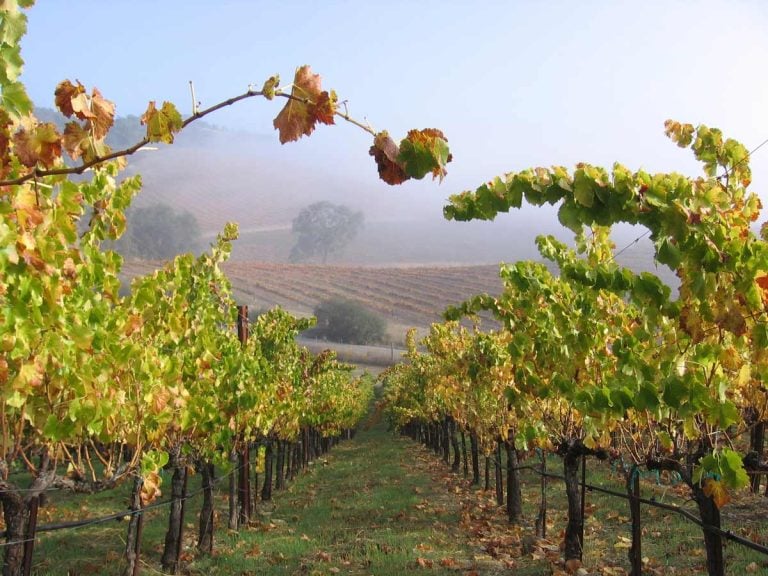
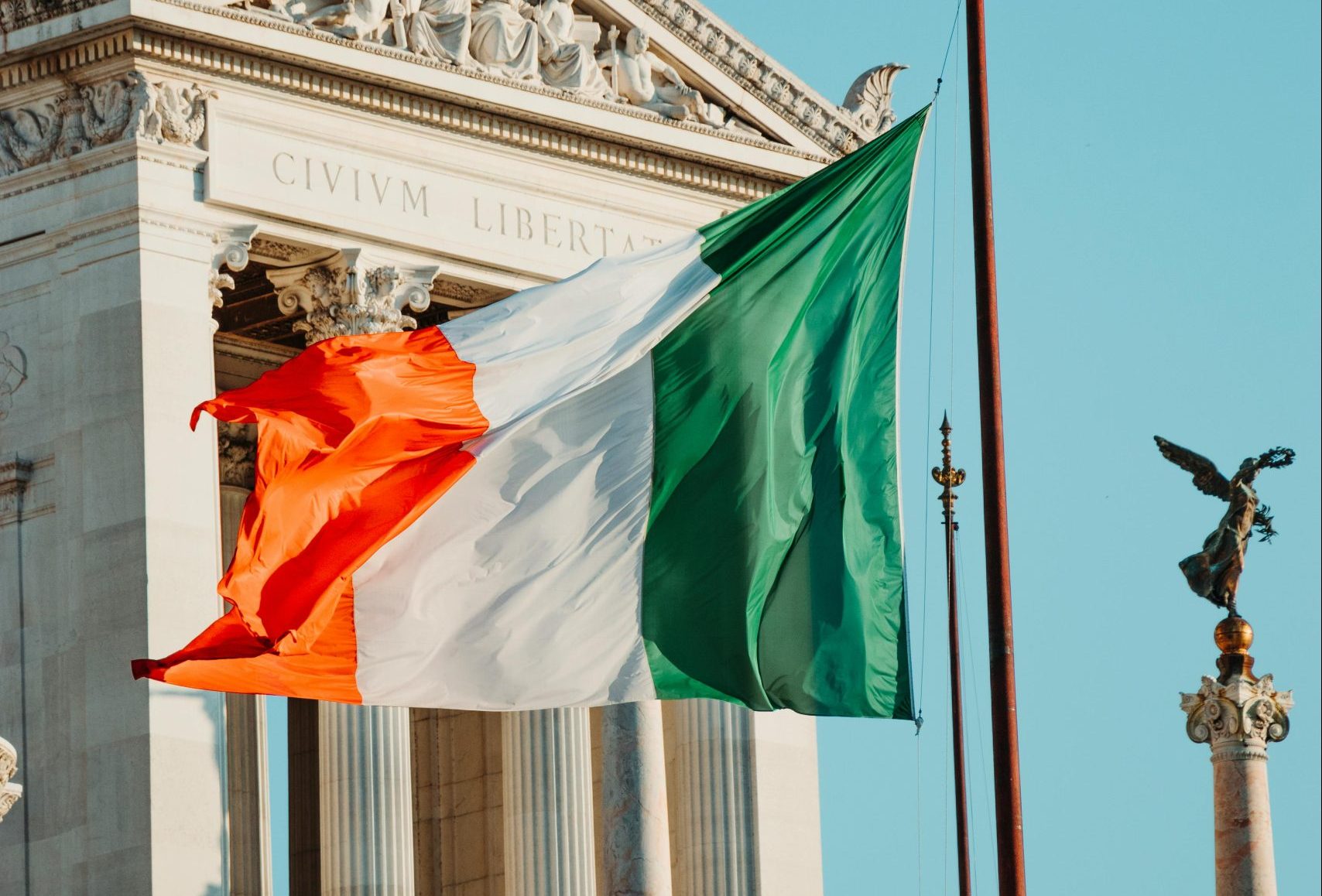 Italy defies global wine production drop, OIV data reveals
Italy defies global wine production drop, OIV data reveals The social media star resurrecting Italy's forgotten culinary classics
The social media star resurrecting Italy's forgotten culinary classics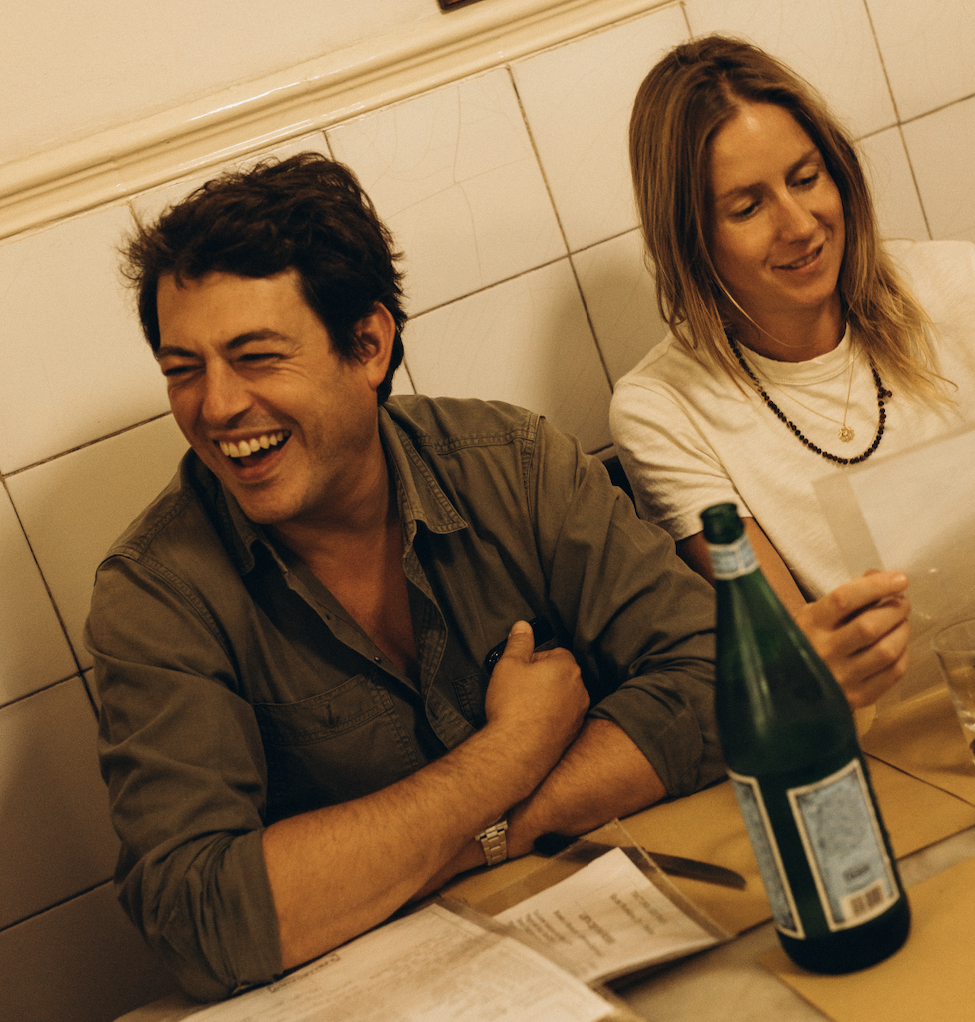 Giovanni Mazzei brings a taste of Florence to London
Giovanni Mazzei brings a taste of Florence to London Burgundy dominates but Italy is rising: a look at London's fine wine trends
Burgundy dominates but Italy is rising: a look at London's fine wine trends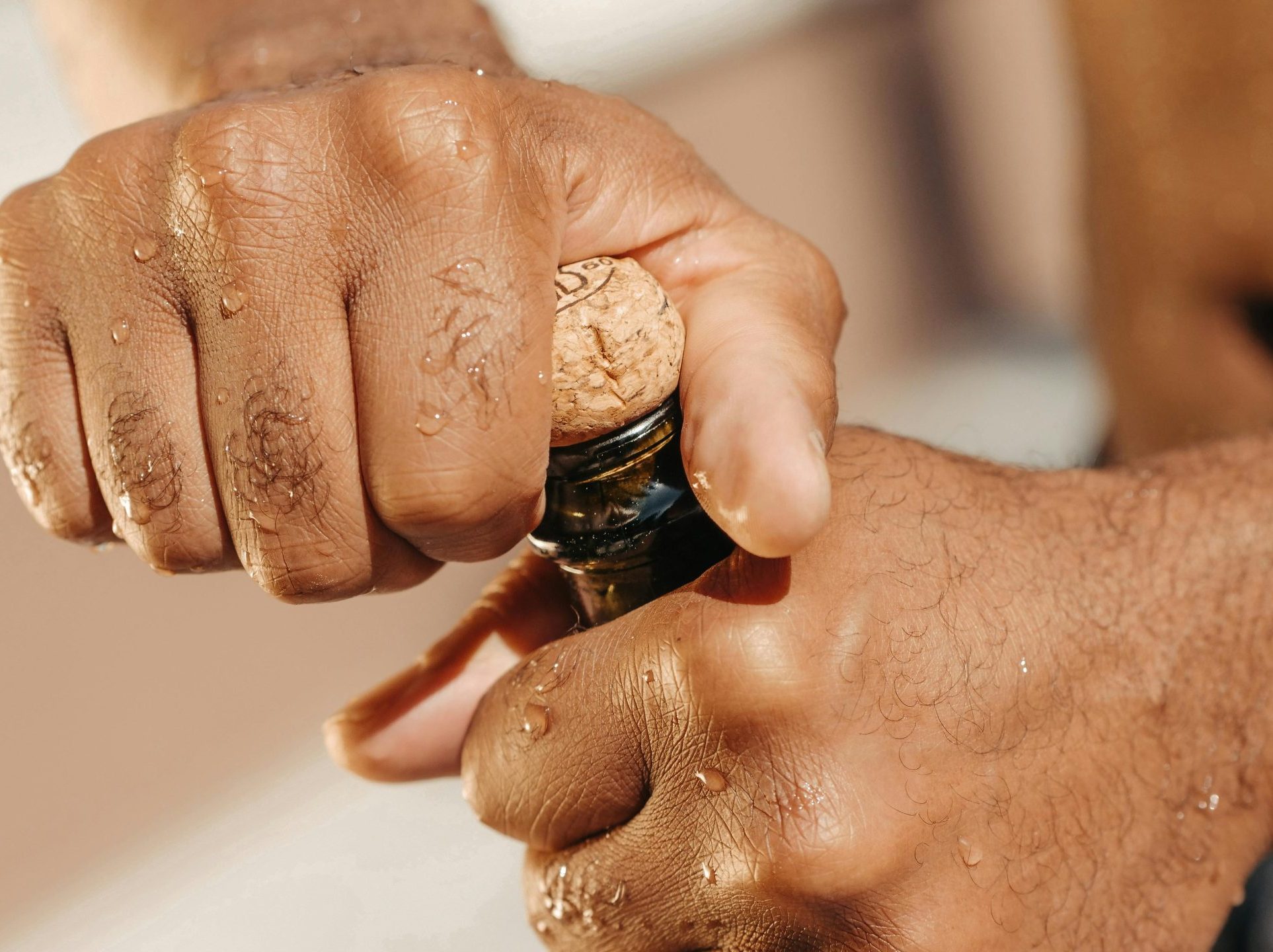 Costco Prosecco recalled over exploding bottle fears
Costco Prosecco recalled over exploding bottle fears

